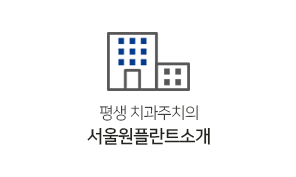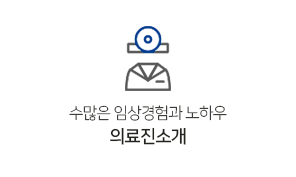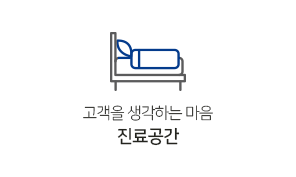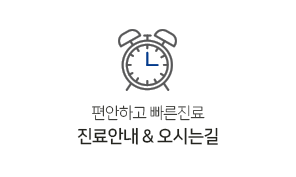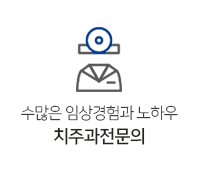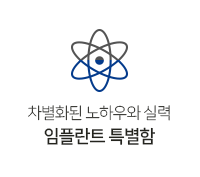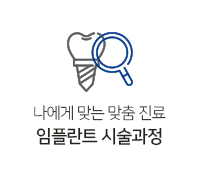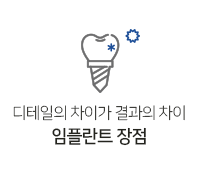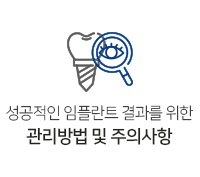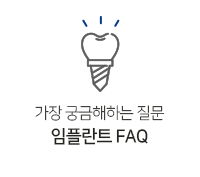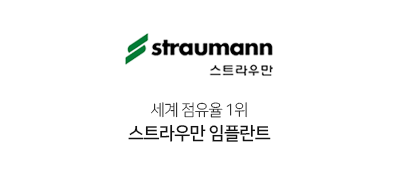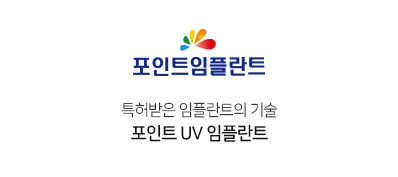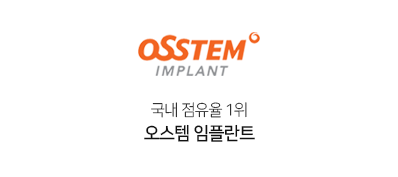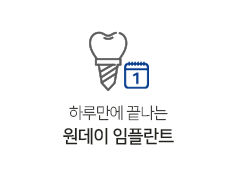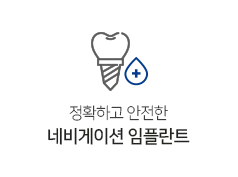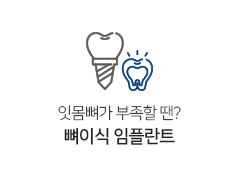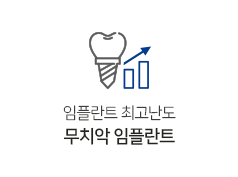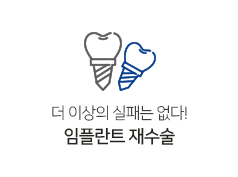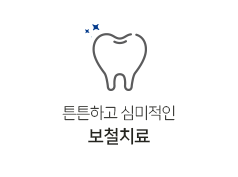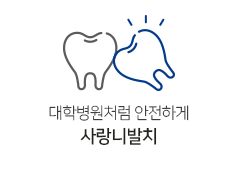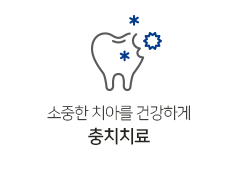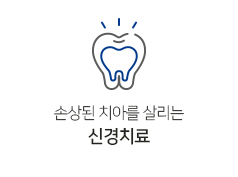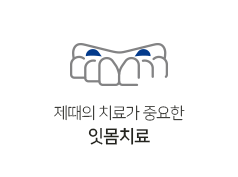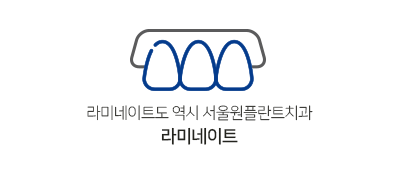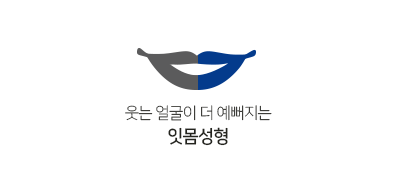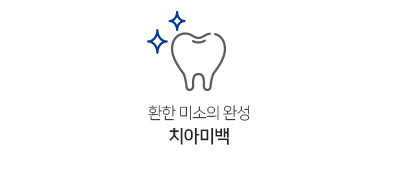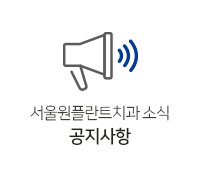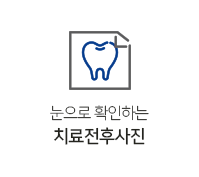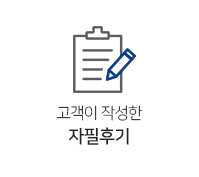Title: The Key to Healthy Hair: Understanding and Improving Hair Elast…
페이지 정보
작성자 Lynell 댓글 0건 조회 16회 작성일 24-10-25 17:58본문
Introduction:
Trichology is a specialized branch of dermatology that focuses on the scientific study of the hair and scalp. Trichologists are experts in diagnosing and treating various hair and scalp conditions, such as hair loss, dandruff, scalp infections, and more. Trichology consultations play a crucial role in assessing and addressing these issues to improve the overall health and appearance of the hair and scalp.
Common Hair and Scalp Issues Addressed in Trichology Consultations:
1. Hair Loss: Whether it's genetic hair loss, excessive shedding, or alopecia, trichologists can help identify the underlying causes of hair loss and recommend appropriate treatments, such as topical solutions, dietary changes, or lifestyle modifications.
2. Scalp Conditions: Trichologists can diagnose and treat various scalp conditions like dandruff, eczema, psoriasis, fungal infections, and more, using targeted therapies that soothe the scalp and promote healthy hair growth.
3. Hair Damage: From heat styling to chemical treatments, trichologists can evaluate the extent of damage to the hair shaft and follicles and provide recommendations to restore hair health, such as deep conditioning treatments, protective styling techniques, and trimming split ends.
What to Expect from a Trichology Consultation:
During a trichology consultation, a trichologist will assess the condition of your hair and scalp through visual examination, discussion of medical history, lifestyle factors, and any concerns you may have. They may also use specialized tools and techniques to analyze the scalp and hair follicles in more detail. Based on their findings, a personalized treatment plan will be recommended to address the specific issues identified.
Causes of Poor Hair Elasticity:
Several factors can contribute to poor hair elasticity, including:
1. Excessive heat styling: Regular use of hot styling tools like flat irons, curling irons, and blow dryers can weaken hair strands and reduce elasticity.
2. Chemical treatments: Chemical processes such as coloring, perming, and relaxing can strip the hair of its natural oils and proteins, leading to dry, brittle hair.
3. Environmental factors: Exposure to harsh weather conditions, UV rays, and pollution can damage the hair cuticle, making it less elastic.
4. Poor hair care habits: Over-washing, using harsh hair products, and rough handling of wet hair can all contribute to decreased hair elasticity.
Tips to Improve Hair Elasticity:
1. Deep conditioning treatments: To restore moisture and improve elasticity, incorporate deep conditioning treatments into your Hair hydration seminars care routine. Look for products that contain keratin, collagen, or natural oils such as coconut oil, argan oil, or shea butter.
2. Protein treatments: Adding protein-rich treatments to your hair care regimen can help strengthen the hair shaft, increasing elasticity and reducing breakage. Try incorporating protein masks or treatments once a week.
3. Heat protection: Before using hot styling tools, always apply a heat protectant spray or serum to shield your hair from heat damage.
4. Gentle handling: Be gentle when detangling wet hair to prevent stretching and breakage. Use a wide-tooth comb or a brush specifically designed for wet hair to minimize damage.
5. Regular trims: Regular trims are essential for maintaining healthy hair and preventing split ends. Aim to trim your hair every 6-8 weeks to remove damaged ends and promote healthy hair growth.
6. Protective styles: Avoid styles that pull or strain your hair, such as tight ponytails or braids. Opt for protective styles like buns, twists, or loose braids to minimize stress on the hair shaft.
Conclusion:
Trichology consultations offer a comprehensive approach to diagnosing and treating a wide range of hair and scalp issues, providing individuals with personalized care and expert guidance to achieve optimal hair health. Whether you are experiencing hair loss, scalp irritation, or hair damage, consulting with a trichologist can help you understand your condition better and take steps towards improving the health and appearance of your hair and scalp.
Hair steaming can also help to improve the overall health of your hair and scalp. By stimulating blood flow to the scalp, steaming can promote hair growth and strengthen the hair follicles. It can also help to unclog hair follicles and remove buildup, which can lead to a healthier scalp and reduced hair fall.
Overall, hair steaming is a beneficial treatment for those looking to improve the health and appearance of their hair. Whether done at a salon or at home, regular hair steaming can help to hydrate, strengthen, and revitalize your hair, leaving you with luscious locks that look and feel their best.
1. Prevents Split Ends: One of the most significant benefits of regular trims is that they help prevent split ends. Split ends occur when the hair shaft becomes damaged and frayed, leading to breakage and overall dullness in the hair's appearance. By trimming your hair every 6-8 weeks, you can remove split ends before they travel up the hair shaft, preventing further damage.
Trichology is a specialized branch of dermatology that focuses on the scientific study of the hair and scalp. Trichologists are experts in diagnosing and treating various hair and scalp conditions, such as hair loss, dandruff, scalp infections, and more. Trichology consultations play a crucial role in assessing and addressing these issues to improve the overall health and appearance of the hair and scalp.
Common Hair and Scalp Issues Addressed in Trichology Consultations:
1. Hair Loss: Whether it's genetic hair loss, excessive shedding, or alopecia, trichologists can help identify the underlying causes of hair loss and recommend appropriate treatments, such as topical solutions, dietary changes, or lifestyle modifications.
2. Scalp Conditions: Trichologists can diagnose and treat various scalp conditions like dandruff, eczema, psoriasis, fungal infections, and more, using targeted therapies that soothe the scalp and promote healthy hair growth.
3. Hair Damage: From heat styling to chemical treatments, trichologists can evaluate the extent of damage to the hair shaft and follicles and provide recommendations to restore hair health, such as deep conditioning treatments, protective styling techniques, and trimming split ends.
What to Expect from a Trichology Consultation:
During a trichology consultation, a trichologist will assess the condition of your hair and scalp through visual examination, discussion of medical history, lifestyle factors, and any concerns you may have. They may also use specialized tools and techniques to analyze the scalp and hair follicles in more detail. Based on their findings, a personalized treatment plan will be recommended to address the specific issues identified.
Causes of Poor Hair Elasticity:
Several factors can contribute to poor hair elasticity, including:
1. Excessive heat styling: Regular use of hot styling tools like flat irons, curling irons, and blow dryers can weaken hair strands and reduce elasticity.
2. Chemical treatments: Chemical processes such as coloring, perming, and relaxing can strip the hair of its natural oils and proteins, leading to dry, brittle hair.
3. Environmental factors: Exposure to harsh weather conditions, UV rays, and pollution can damage the hair cuticle, making it less elastic.
4. Poor hair care habits: Over-washing, using harsh hair products, and rough handling of wet hair can all contribute to decreased hair elasticity.
Tips to Improve Hair Elasticity:
1. Deep conditioning treatments: To restore moisture and improve elasticity, incorporate deep conditioning treatments into your Hair hydration seminars care routine. Look for products that contain keratin, collagen, or natural oils such as coconut oil, argan oil, or shea butter.
2. Protein treatments: Adding protein-rich treatments to your hair care regimen can help strengthen the hair shaft, increasing elasticity and reducing breakage. Try incorporating protein masks or treatments once a week.
3. Heat protection: Before using hot styling tools, always apply a heat protectant spray or serum to shield your hair from heat damage.
4. Gentle handling: Be gentle when detangling wet hair to prevent stretching and breakage. Use a wide-tooth comb or a brush specifically designed for wet hair to minimize damage.
5. Regular trims: Regular trims are essential for maintaining healthy hair and preventing split ends. Aim to trim your hair every 6-8 weeks to remove damaged ends and promote healthy hair growth.
6. Protective styles: Avoid styles that pull or strain your hair, such as tight ponytails or braids. Opt for protective styles like buns, twists, or loose braids to minimize stress on the hair shaft.
Conclusion:
Trichology consultations offer a comprehensive approach to diagnosing and treating a wide range of hair and scalp issues, providing individuals with personalized care and expert guidance to achieve optimal hair health. Whether you are experiencing hair loss, scalp irritation, or hair damage, consulting with a trichologist can help you understand your condition better and take steps towards improving the health and appearance of your hair and scalp.
Hair steaming can also help to improve the overall health of your hair and scalp. By stimulating blood flow to the scalp, steaming can promote hair growth and strengthen the hair follicles. It can also help to unclog hair follicles and remove buildup, which can lead to a healthier scalp and reduced hair fall.
Overall, hair steaming is a beneficial treatment for those looking to improve the health and appearance of their hair. Whether done at a salon or at home, regular hair steaming can help to hydrate, strengthen, and revitalize your hair, leaving you with luscious locks that look and feel their best.
1. Prevents Split Ends: One of the most significant benefits of regular trims is that they help prevent split ends. Split ends occur when the hair shaft becomes damaged and frayed, leading to breakage and overall dullness in the hair's appearance. By trimming your hair every 6-8 weeks, you can remove split ends before they travel up the hair shaft, preventing further damage.
댓글목록
등록된 댓글이 없습니다.










